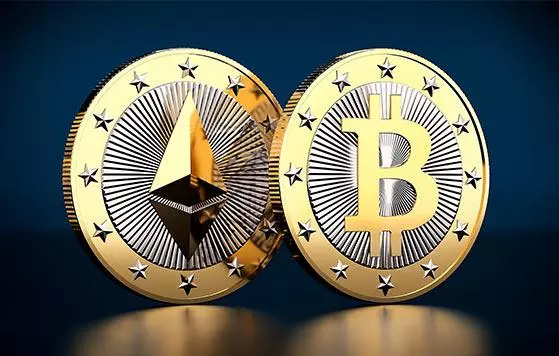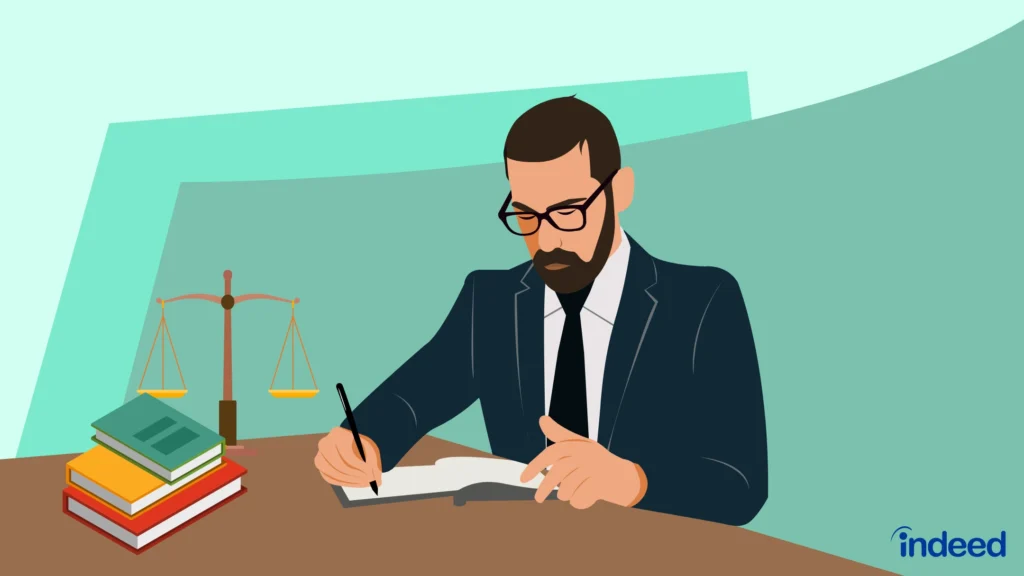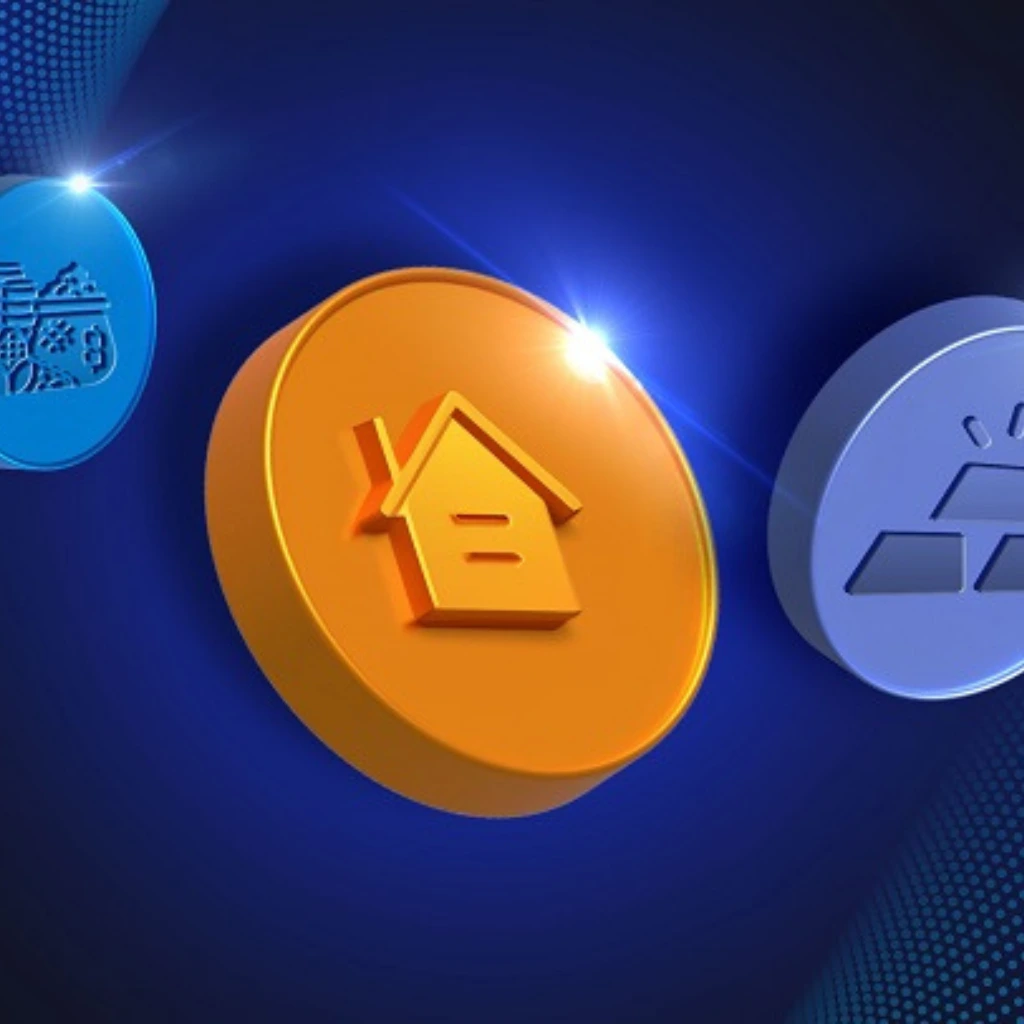Beginner’s Guide to Tokenizing Real-World Assets: RWA Benefits Explained Simply
A Beginner’s Guide to RWA Benefits: What Tokenized Real-World Assets Can Do for You
You may have heard the term RWA or “tokenized real-world assets” being thrown around lately. It sounds technical, even futuristic—but here’s the thing: it’s already happening. Imagine buying a small piece of a fancy apartment in New York or investing in a rare painting—all from your phone. That’s the idea behind RWAs: turning real, physical assets (like buildings or art) into digital tokens that you can buy, sell, or trade. If you’re new to the concept, don’t worry. This guide will walk you through the main RWA benefits and help you understand what’s possible—and what to watch out for.


What Are the RWA Benefits?
1. RWA Benefits: More People Can Join In
In the past, if you wanted to invest in real estate or luxury goods, you’d need a lot of money. But tokenization changes that.
Let’s say a building is worth $10 million. It can now be “split” into thousands of small pieces—or tokens—that people can buy individually. This means you don’t need to be rich to get involved.
Bottom line: Tokenization makes investing more inclusive and open to people all around the world.

2. Easier to Buy and Sell (a.k.a. Liquidity)
Traditionally, assets like real estate or collectibles are hard to sell quickly. You might have to wait months—or longer. But when these assets are tokenized, you can trade them more easily on online marketplaces.
While it’s not quite like selling crypto instantly, it’s a big improvement over waiting for a buyer in the old system.
Bottom line: Tokenized assets are easier to sell, which means more freedom for investors.
3. Transparent and Trackable
Because tokens live on the blockchain (a secure online ledger), every transaction is recorded. You can see who owns what and when things changed hands. This helps reduce fraud and builds trust.
However, remember: blockchains aren’t perfect. If a project isn’t set up properly, issues like bugs or scams can still happen.
Bottom line: Tokenization can improve trust—but it’s not foolproof.


4. Lower Costs and Fewer Middlemen
Buying a traditional asset often involves lawyers, banks, and a lot of paperwork. Tokenized assets aim to cut out the middlemen by using smart contracts (automated rules written into code).
This can make things faster and cheaper, especially when buying from or selling to someone in another country.
Bottom line: Tokenization can save time and money—but some parts of the process still need human checks.


5. New Opportunities for Asset Creators
It’s not just investors who benefit. Property owners, artists, and companies can raise money more easily by offering their assets to a global audience.
They can even design creative financial products—like tokens that represent future wine from a vineyard or shares of a rare car collection.
Bottom line: Tokenization helps creators reach more investors and explore new business models.
But Wait—There Are Some Risks Too against to RWA Benefits
Tokenized RWAs sound exciting, but they aren’t perfect. Here are a few things to keep in mind:
1.) Regulations Are Still Developing
Not all countries agree on how to treat tokenized assets. This can cause confusion—or even legal trouble. Always check if a project is regulated in your region.
2.) Not All Tokens Are Easy to Sell
Just because something is tokenized doesn’t mean people will want to buy it. Some marketplaces don’t have enough users, which makes it hard to trade.
3.) Platform Problems
If the platform where you bought your token disappears or doesn’t work with others, you might not be able to move or sell your token. Interoperability—making systems work together—is still a challenge.
Final Thoughts: Should You Explore RWAs?
Tokenized real-world assets are opening up the investment world in exciting ways. You can invest in things you never thought possible—often with lower costs and fewer barriers.
But like any new technology, it comes with risks. So take your time, research the platforms, and only invest what you’re comfortable with.
The RWA benefits are real. But understanding how they work is the first step toward making smart decisions in this growing space.
Relevant Link : Here




